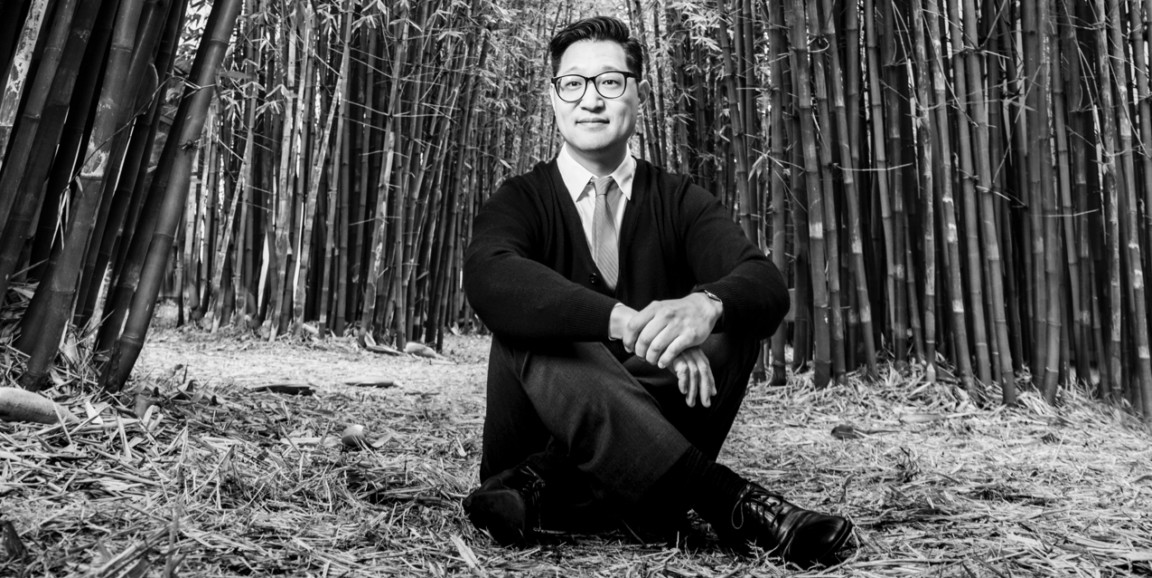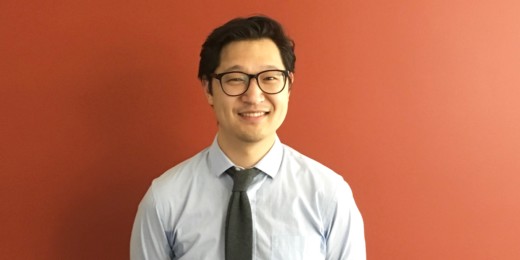When I set out to write an article about Stanford’s global health track for residents within the Department of Medicine for the latest issue of Stanford Medicine magazine, it was an embarrassment of riches — too many interesting physician-scientists working on too many fascinating projects to fit onto a single page of the magazine.
I wanted to write about Nicholas Degner, MD, who works with Jason Andrews, MD, an assistant professor in the Division of Infectious Disease and Geographic Medicine, and uses mathematical modeling, microbial genetics and statistical inference to conduct research into tuberculosis in Brazil, South Africa, and Nepal.
But I also wanted to write about Rebecca Tisdale, MD, who will be chief resident next year. Working at the intersection of global health, health policy and informatics, she collaborates with Sanjay Basu, MD, PhD, a primary care physician and epidemiologist who is one of the leaders of the Stanford Precision Health and Ethnic and Racial Equity Center.
And even after my editors said I could only feature one resident and we chose to focus on Andrew Chang, MD, a cardiologist who works with rheumatic heart disease patients in sub-Saharan Africa, I still had to make tough choices about what to tell and what to leave out.
During medical school, Chang took a year off to enroll in the Hasso Plattner Institute of Design, better known as the d.school, to collaborate with engineers and students in the Graduate School of Business. Together, they developed a low-cost respiratory device that relies on a car battery and fish tank technology and could one day save children’s lives in low-resource settings around the world.
He created a cheap, life-saving device, but there was just no space to mention it. Chang also published a paper with Michele Barry, MD, director of the Center for Innovation in Global Health, about e-cigarettes but I didn’t have room to mention that either.
What I did write is worth reading — Chang's experience is inspiring and the program itself distinctive and successful. But I couldn't help thinking there was so much more, a perspective, I realized, that is more widespread than I thought.
“Stanford is a real can-do place,” agreed Cybele Renault, MD, who co-directs the residency program. “All these people who want to create innovative ways to diagnose and provide better care come here and the people who thrive here are people who are the most out-of-the-box people.”
Or, as Chang told me, “We are off-the-beaten path kind of people.”
Photo by Brian Smale photography






